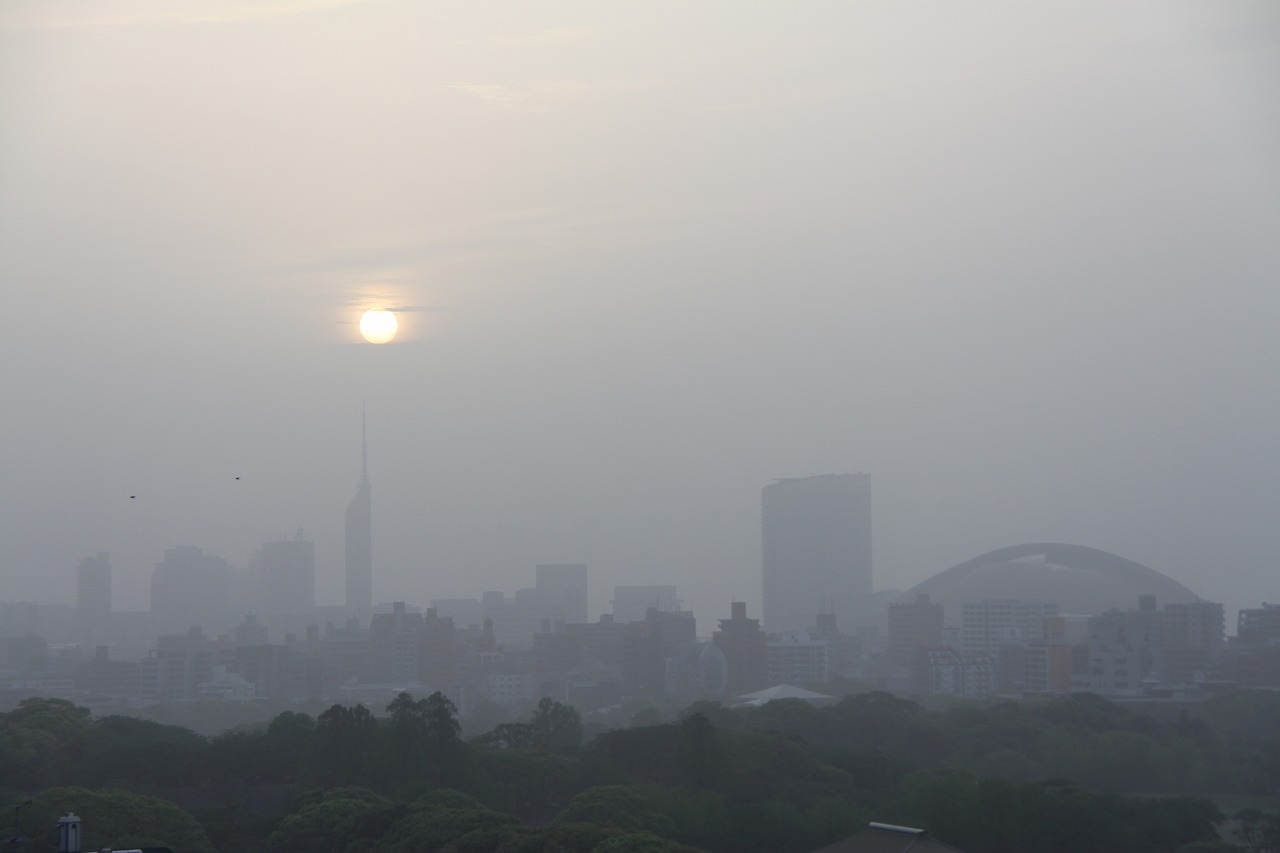Kôsa
 Tuesday, May 17, 2011 at 9:09AM
Tuesday, May 17, 2011 at 9:09AM

When composing a haiku, a poet must not only write three lines consisting of five, seven, and five on (syllables), but include a seasonal reference, known as kigo. Typical kigo for spring include, of course, the cherry blossoms for which Japan is famous, frogs, the Japanese bush-warbler, and so on. Haiku poets when stumped for a suitable kigo for their poems often consult a saijiki (歳時記), which offers an extensive list of word that give the reader a true sense of the season.
Permit me to offer up a new kigo for the times we live in: kôsa (literally, yellow sand).
Also known as Asian dust, the yellow sands are kicked up by dust storms occurring in Mongolia and northern China and carried by the prevailing winds as far away as Japan where they can turn the sun into an angry white dot in the gray sky and cover everything with a fine yellow dust resembling pollen.
In recent years, these sand storms have grown both more frequent and more intense. A little over a week ago, visibility was cut to less than five-hundred yards. The mountains outside my office window shrouded behind a thick veil of dust.
It's believed that desertification in China and Russia as well as an increase in industrial pollutants in China are to blame for the worsening storms which, in addition to bringing dust also carry sulfur, industrial heavy metals, carcinogens, viruses, bacteria, fungi, pesticides, asbestos, and a host of other nasty particles to our shores. Not very encouraging news when you're raising children.
 Asian dust,
Asian dust,  Fukuoka City,
Fukuoka City,  Japanes prosody,
Japanes prosody,  Kosa,
Kosa,  haiku,
haiku,  kigo,
kigo,  kôsa,
kôsa,  on,
on,  seasonal reference,
seasonal reference,  yellow sand,
yellow sand,  黄砂 in
黄砂 in  China,
China,  Environment,
Environment,  Fukuoka,
Fukuoka,  Living in Japan
Living in Japan 